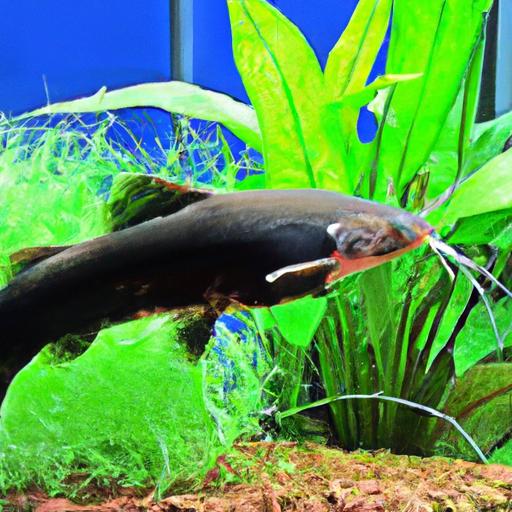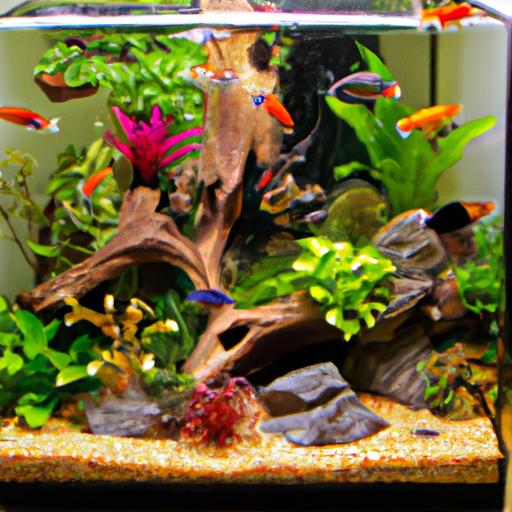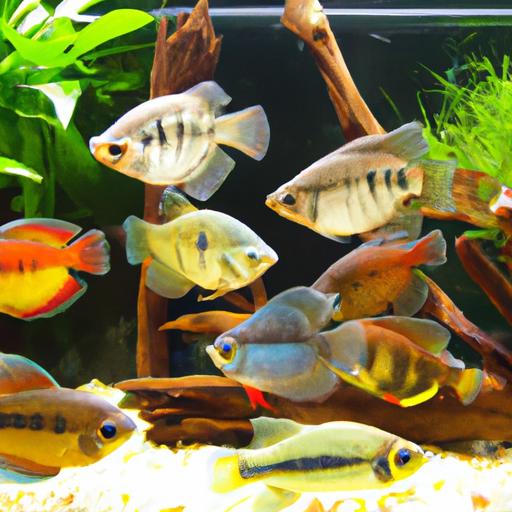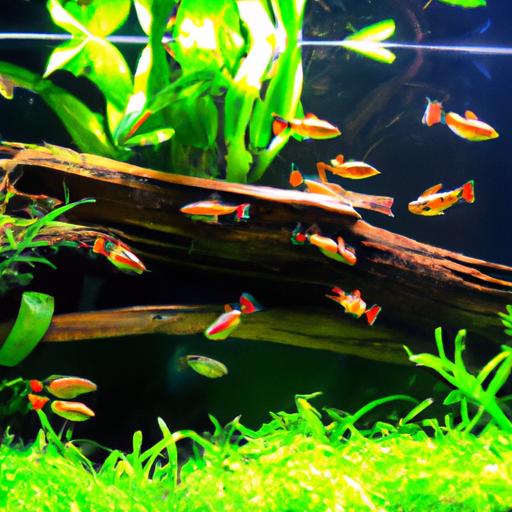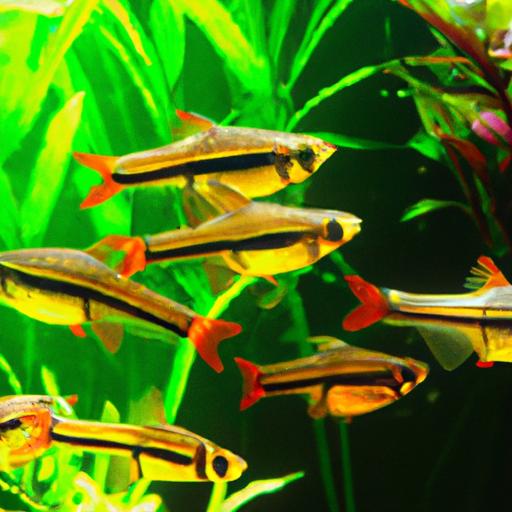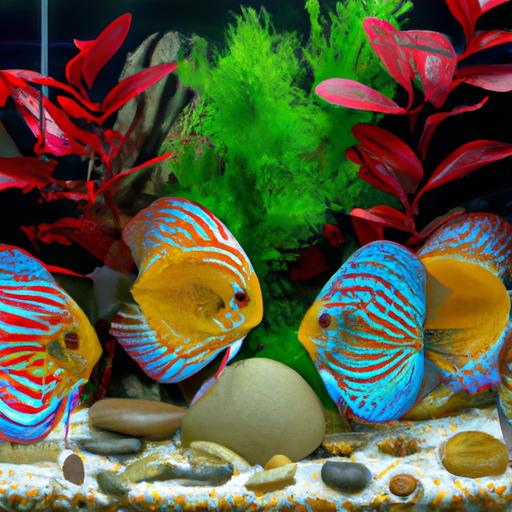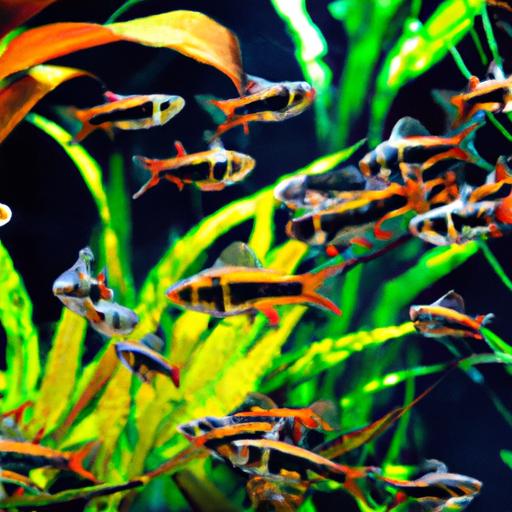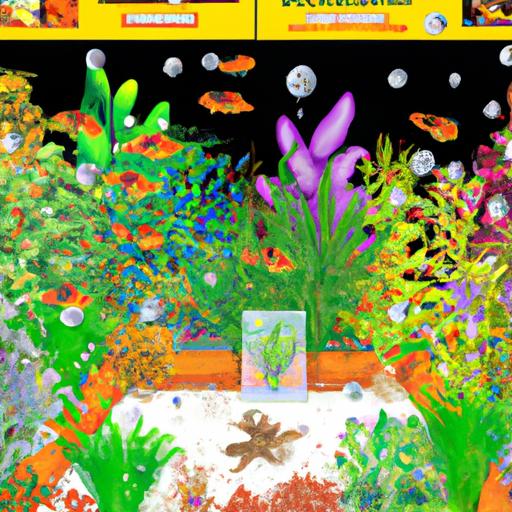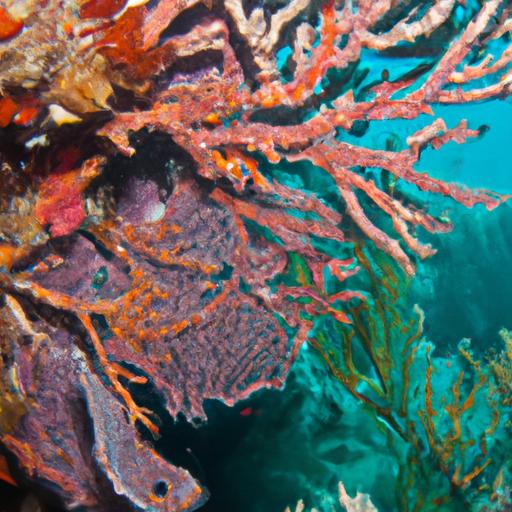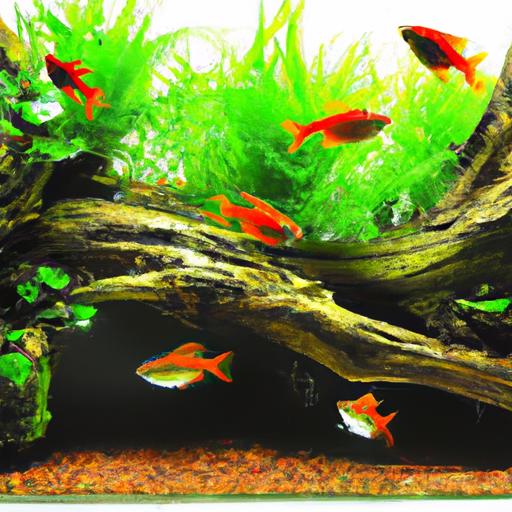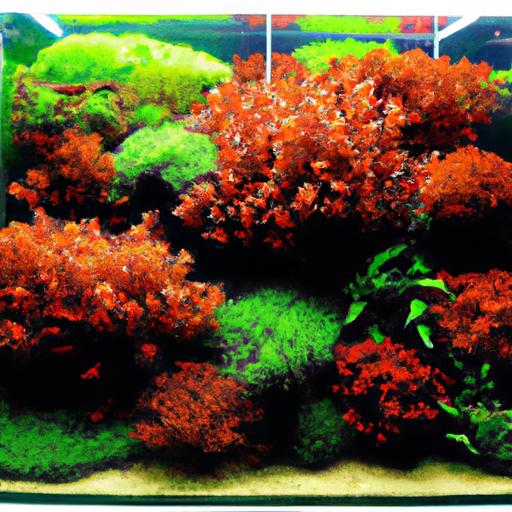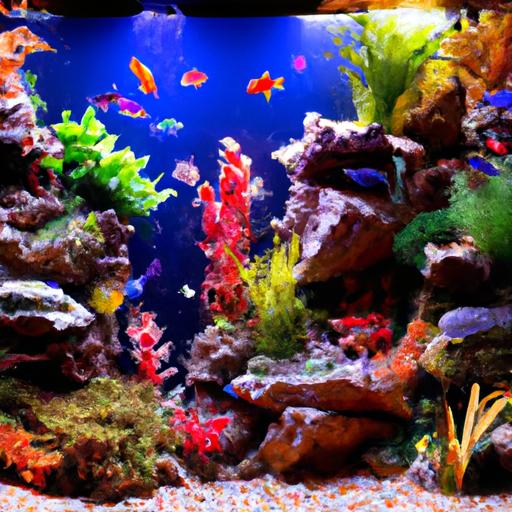
Creating a Vibrant Community Tank: A Step-by-Step Guide
Discover the step-by-step guide to Creating a Vibrant Community Tank. Learn how to choose compatible fish species, maintain water quality, and more.
Introduction
Are you ready to transform your fish tank into a vibrant community where various species thrive harmoniously? Creating a vibrant community tank is not only visually appealing but also beneficial for the overall well-being of your aquatic friends. In this guide, we will walk you through the steps to create a thriving community tank that will captivate both your eyes and the fish’s hearts.
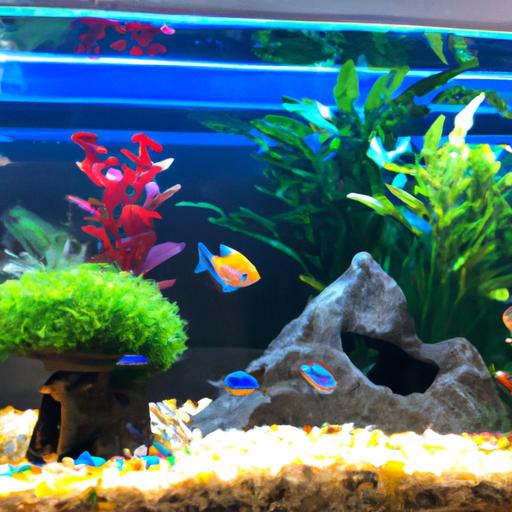
Factors to Consider for a Vibrant Community Tank
To ensure the success of your vibrant community tank, several key factors should be taken into consideration.
1. Choosing the right tank size and shape
The first step is selecting an appropriate tank size and shape for your community setup. A spacious tank allows fish to swim freely and reduces territorial disputes. Different species have varying space requirements, so consider the adult size of the fish you plan to keep. Additionally, the shape of the tank can impact the swimming patterns and behavior of the fish.
2. Selecting compatible fish species
Compatibility is crucial when it comes to creating a vibrant community tank. Research and choose fish species that are known to coexist peacefully. Pay attention to their temperament, size, and preferred water conditions. Avoid aggressive or territorial species that may disrupt the harmony of the tank. Be sure to introduce a variety of colors, shapes, and sizes for an aesthetically pleasing display.
3. Providing adequate filtration and water quality
Maintaining optimal water quality is vital for the health and happiness of your community tank. A good filtration system helps remove waste, toxins, and pollutants, ensuring a clean and safe environment for the fish. Regular water testing and maintenance of appropriate water parameters, such as temperature, pH, and ammonia levels, are essential to create a thriving ecosystem.
4. Creating a suitable habitat with appropriate decorations and plants
To mimic a natural habitat and provide hiding spots and territories, decorate your tank with suitable ornaments, rocks, and plants. This allows fish to establish their own territories and reduces stress. Live plants not only enhance the visual appeal but also contribute to the tank’s ecosystem by oxygenating the water and providing natural filtration.
5. Maintaining proper lighting and temperature conditions
Proper lighting and temperature conditions are crucial for the well-being of your fish. Research the lighting requirements of the fish species you plan to keep and choose suitable lighting fixtures accordingly. Maintaining a stable temperature within the recommended range for your fish species is vital to their health and overall activity levels.
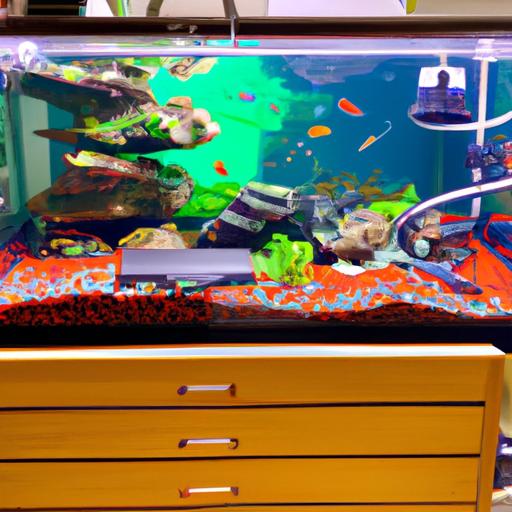
Step-by-Step Guide to Creating a Vibrant Community Tank
Now that you understand the key factors to consider, let’s dive into the step-by-step guide to creating a vibrant community tank.
1. Researching and planning
Begin by researching the fish species you want to include in your community tank. Consider their compatibility, size, and care requirements. Plan the layout of your tank, ensuring it provides ample swimming space and hiding spots. Take note of the preferred water conditions and behavior patterns of the selected fish.
2. Setting up the tank
Clean your tank thoroughly before setting it up. Add a substrate suitable for your chosen fish species and arrange ornaments, rocks, and plants to create a visually appealing and functional environment. Install a reliable filtration system and set up your lighting fixtures according to the needs of your fish.
3. Introducing the fish
Start by introducing the least aggressive species first, gradually adding more fish over time. This allows them to establish territories and reduces aggression. Monitor their behavior closely and be prepared to remove any fish causing excessive stress or harm to others. Avoid overcrowding the tank to maintain a healthy balance.
4. Monitoring and maintaining the tank
Regularly monitor water parameters such as temperature, pH, and ammonia levels to ensure they remain within the appropriate range for your fish species. Perform routine water changes and clean the tank as needed. Observe the fish for any signs of illness or stress and promptly address any issues that arise.
5. Dealing with common issues
Sometimes, despite your best efforts, issues may arise in your community tank. Aggression, diseases, and compatibility problems can occur. Educate yourself on common fish diseases and their symptoms to identify and treat them promptly. If aggression becomes a problem, consider rearranging the tank or removing the problematic fish.
FAQ about Creating a Vibrant Community Tank
1. What are the best fish species for a community tank?
Choosing the best fish species depends on various factors, including compatibility, size, and behavior. Some popular choices for community tanks include tetras, guppies, mollies, and corydoras catfish. Researching individual species and consulting with experts at your local aquarium store can help you make informed decisions.
2. How many fish should I keep in a community tank?
The number of fish you can keep depends on the size of your tank and the adult size of the fish species. Overcrowding can lead to stress, aggression, and poor water quality. As a general rule, aim for one inch of fish per gallon of water, considering the adult size of the fish.
3. Can I keep different types of fish together?
Yes, you can keep different types of fish together in a community tank. However, it’s important to choose compatible species that have similar care requirements and temperaments. Researching the specific needs and behaviors of each species will help you create a harmonious environment.
4. How often should I clean and maintain the tank?
Regular maintenance is essential for a vibrant community tank. Perform partial water changes every one to two weeks, clean the substrate, and remove any debris or uneaten food. Monitor water parameters regularly and address any issues promptly.
5. What do I do if there is aggression among the fish?
If aggression occurs in your community tank, observe the interactions closely. Remove any overly aggressive fish that pose a threat to others. Rearranging the tank or adding more hiding spots can help alleviate aggression. If the problem persists, consult with a knowledgeable aquarium specialist for further guidance.
Conclusion
Creating a vibrant community tank requires careful planning, research, and consideration of various factors. By choosing compatible species, providing suitable habitat and maintaining optimal water conditions, you can create a thriving ecosystem that showcases the beauty of diverse fish species. Remember to monitor and maintain the tank regularly, and address any issues promptly to ensure the well-being and harmony of your aquatic community. So dive in and create your own aquatic masterpiece!
